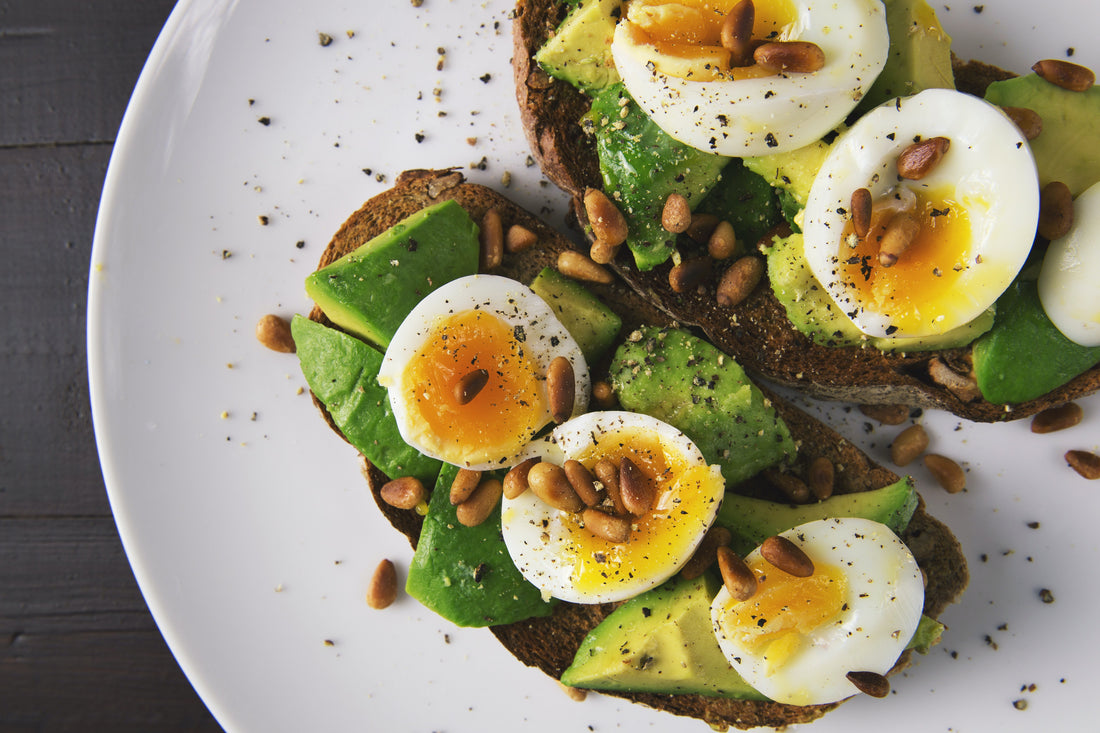The "Cyclic Ketogenic Diet"
What is Ketosis?
Ketosis is a normal metabolic process performed by the body to function. It is when your body switches fuel from carbs to fat, producing ketones during the process. If you're healthy your body controls how much fat it burns naturally without producing ketones, but if you aren't eating enough, are pregnant, diabetic, or exercising your body will start making ketones. High levels of ketones can be dangerous and lead to dehydration and chemical imbalances in the blood.
Ketosis occurs on a low carb day in carb cycling. On these days you eat less carbs, and a lot more fats. On these days your body is burning fat for fuel and not carbs. To be in a true ketogenic diet, you should be eating around 5% carbs, 70% fat, and 30% protein.
Ketogenic cycling refers to the cycles of fat intake, while carb cycling refers to the cycles of carb intake. The words are different but you essentially do the same thing.
Ketogenic cycling= burning fat (low carb) || Carb cycling= burning carbs (low fat)
What is carb cycling?
Carb cycling is when you change your carbohydrate intake throughout the week thus "cycling" it. Usually this method is used for people who already have low body fat percentages to help build lean muscles.
How do I cycle my carbs?
Most people pair their carb intake with the intensity of their workouts. For example, leg day is often high carb, upper body (chest, triceps, biceps, back) is moderate carb, and rest days is low carb. On high carb days you lower your fat, and on low carb days you eat a lot more fat. Protein should generally stay the same. Some people just switch off between 3-4 high carb days and 3-4 low carb days. The cycle is really up to you to determine how your body responds optimally.
What is considered high or low carb days?
Usually 0.5-1.0 g carbs/ lb body weight is considered a low carb day, and intaking around 55% of your calories from carbs is considered a high carb day. However, because everyone is different this may not work for you. For some, carb cycling is three low carb days followed by one refeed day consuming upwards of 500g carbs to replenish their glycogen stores.
Pros
- Well researched method and proven to work
- Usually only effective for those losing the last few percentages of fat (i.e. bodybuilding competitors)
Cons
- Requires ample and strict amounts of tracking and measuring
- Low carb days can leave you lethargic and weak
Should I carb cycle?
If it works for you, do it. You will be intaking the same amount of carbs each week, it's just about the timing. In my opinion, the numbers and calculating aren't really worth it. And again, carb cycling is really only effective for those who are very lean already and only looking to drop the last few percentages. Ultimately it's up to you- what works best for your schedule.

